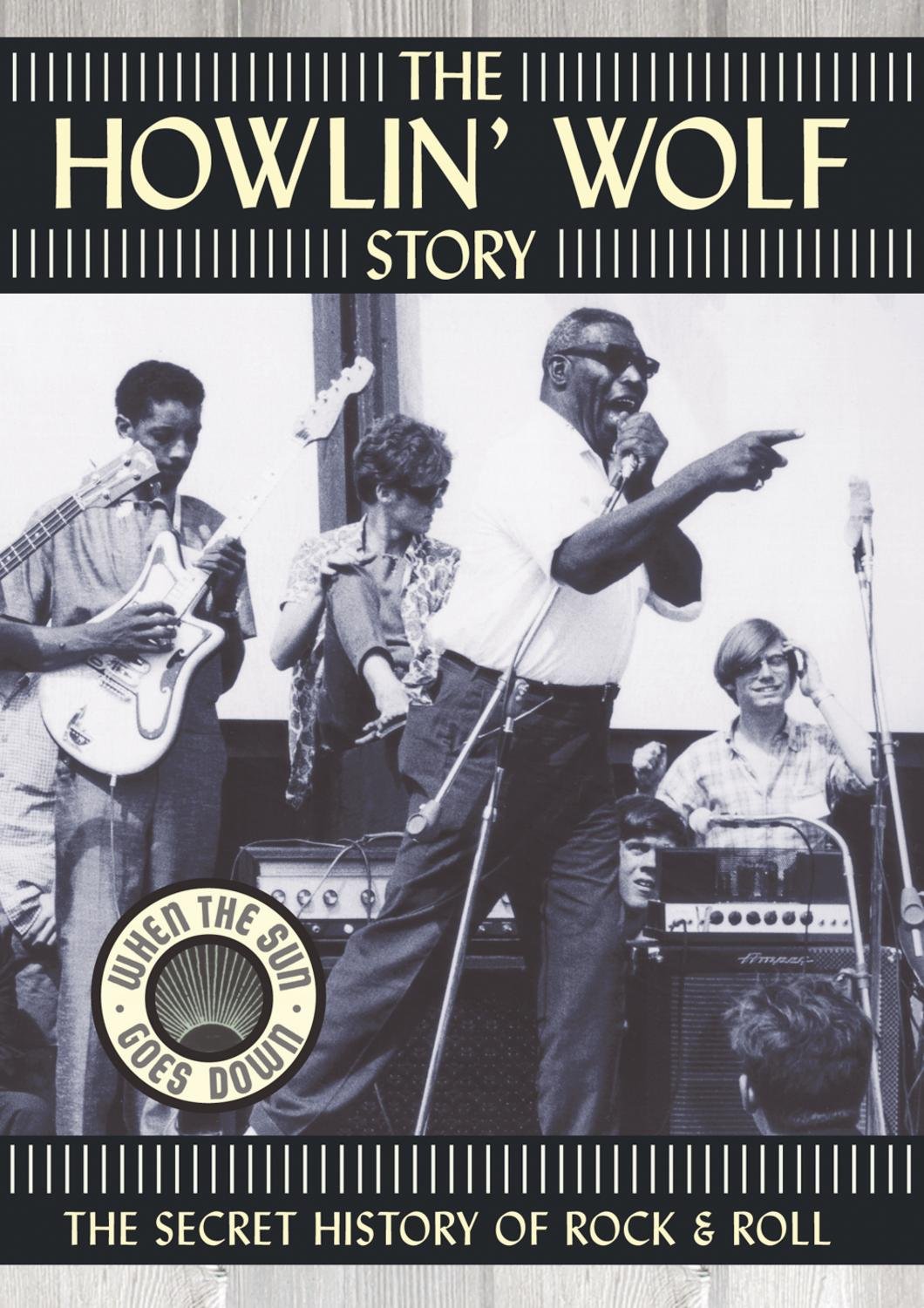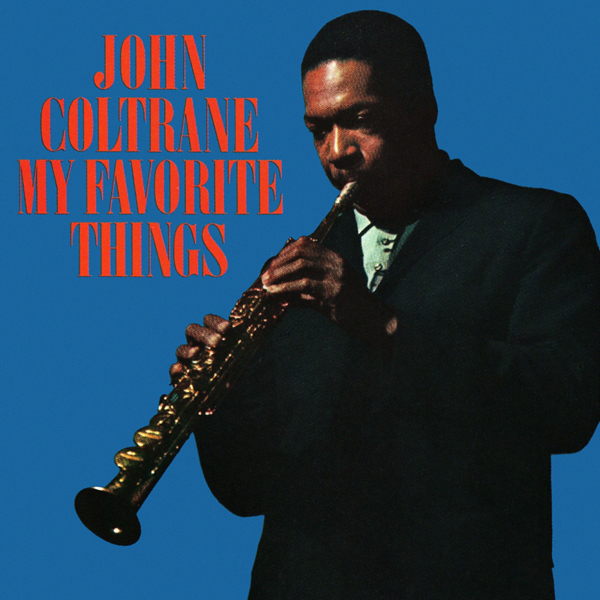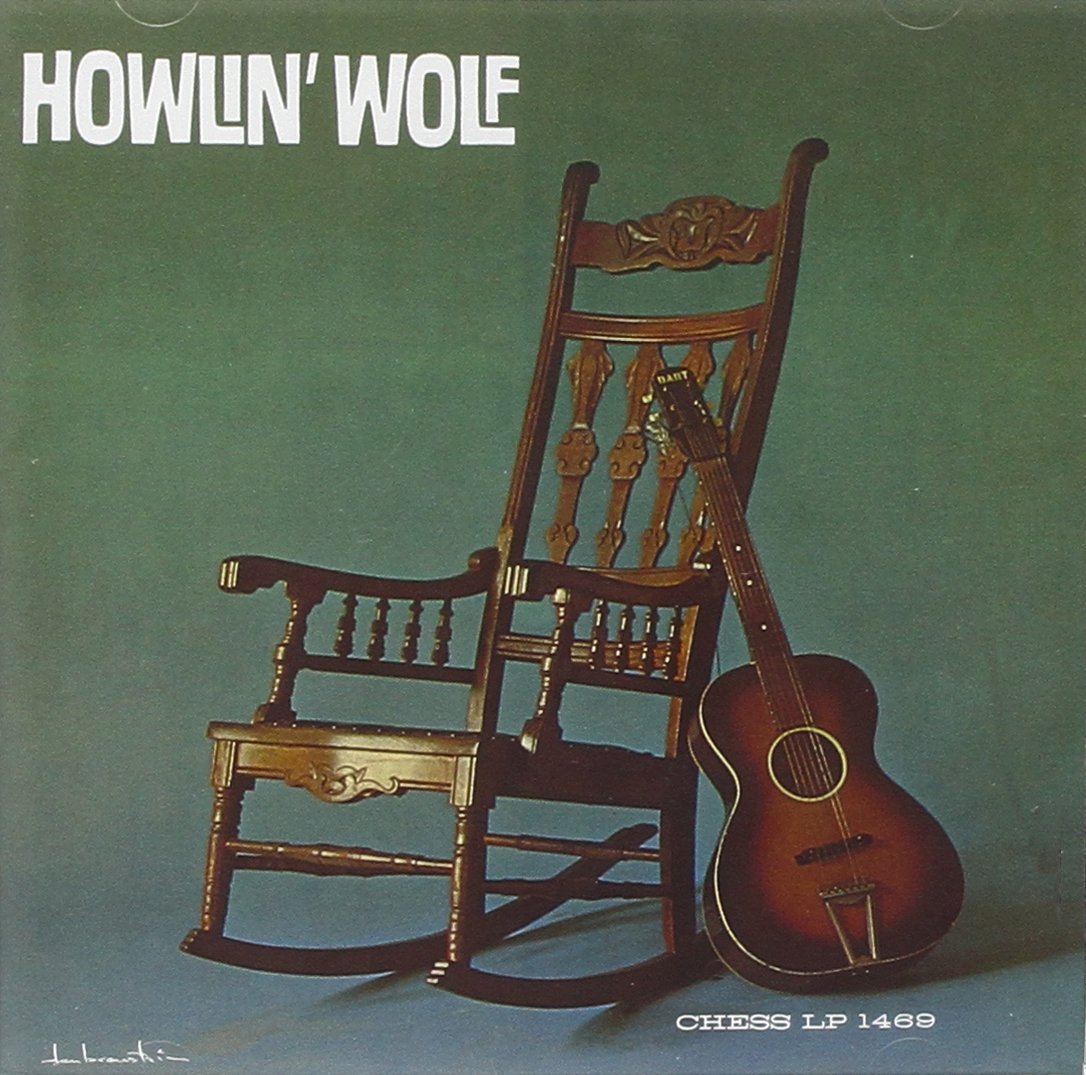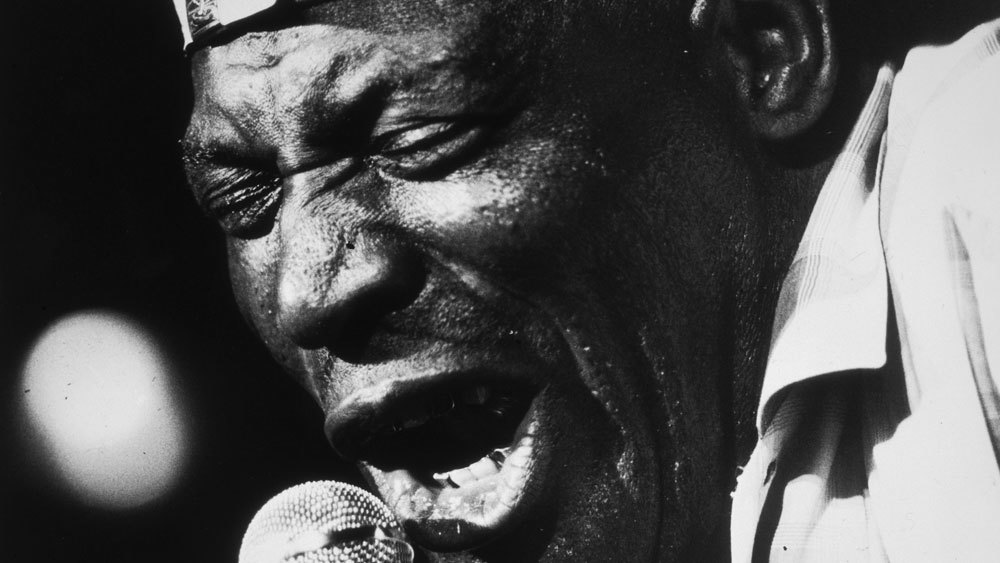
Few if any figures in blues loom as large as Howlin’ Wolf, yet there’s been a sad lack of footage of this staggering man. This director’s cut from the When the Sun Goes Down-The Secret History of Rock & Roll series is packed with never-before-seen live footage, rare Shindig footage presented by Mick Jagger and Brian Jones, interviews with bandmates and family and more. An absolute must for music-history and blues fans.
Chester Arthur Burnett (June 10, 1910 – January 10, 1976), known as Howlin’ Wolf, was a Chicago blues singer, guitarist, and harmonica player, originally from Mississippi. With a booming voice and imposing physical presence, he is one of the best-known Chicago blues artists. The musician and critic Cub Koda noted, “no one could match Howlin’ Wolf for the singular ability to rock the house down to the foundation while simultaneously scaring its patrons out of its wits.” Producer Sam Phillips recalled, “When I heard Howlin’ Wolf, I said, ‘This is for me. This is where the soul of man never dies.'” Several of his songs, including “Smokestack Lightnin'”, “Killing Floor” and “Spoonful”, have become blues and blues rock standards. In 2011, Rolling Stone magazine ranked him number 54 on its list of the “100 Greatest Artists of All Time”.
Continue reading “The Howlin’ Wolf Story – The Secret History of Rock & Roll (Documentary, 2003)”



